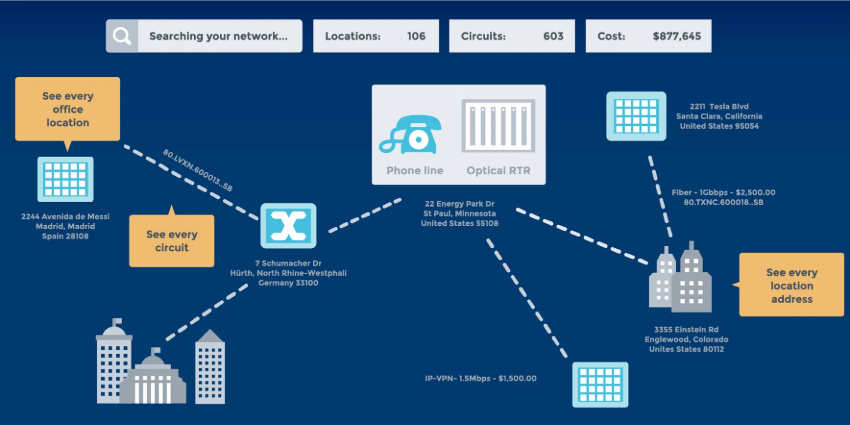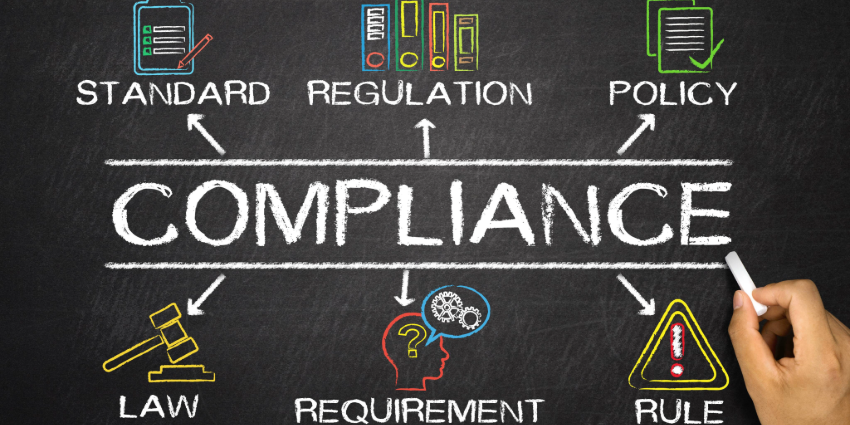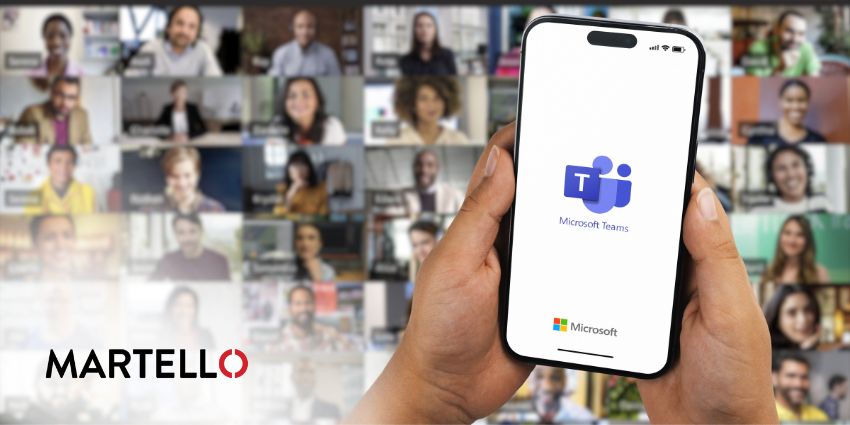A few years ago, Patrick Sullivan, Co-Founder of 2600Hz, said 2600Hz integrated with one of North America’s largest mobile carriers. Sullivan shared the integration, which connected to 2600Hz’s KAZOO platform, enabled end users to have all the functions of a business phone, like recording, and the ability to move recordings to CRM Integrations.
For remote employees and workers on the go, KAZOO even provided the flexibility to move from a desktop to a mobile device to finish business calls on the run. After the integration launch, Sullivan said – they hadn’t thought about several crucial variables.
Focus on the contract first
For those wanting to become a Mobile Virtual Network Operator (MVNO), Sullivan said focusing on the contract should be at the top of your list. White labeling is a key issue when drawing up contracts with mobile carriers, as Sullivan stated, “a lot of carriers want their name out there, and some don’t.”
2600Hz Co-Founder Patrick Sullivan continued:
“When we write contracts, we make sure resellers can resell our offering. Many carriers don’t want this, as they wish to maintain control. If this is important to you, you should think about that”
He cautioned you should consider the terms and conditions of your contract and ask questions such as can carriers get out of the agreement at any point? Is it a profitable relationship? Is there a way for MVNOs to reduce costs?
Integrations and APIs
According to Sullivan, many U.S. carriers do not allow integrations and APIs, and often have out-of-date networks that limit users. Integrations and APIs can make things simpler, including integrating with billing systems.
“We also recommend talking to a network architect, who will tell you how to build integrations according to the specifications of the network”
After speaking with the system architect, ask yourself how deep you’d like to dive into the integrations and API pool. Do remember, if you can conceive it, there is likely an integration. Think about a truck driver or a delivery person who loses GPS signal, having access to their location is pertinent to ensuring they meet deadlines.
How’s the customer experience?
What 2600Hz learned the hard way, is that things like procurement can be difficult. If you’re working with a carrier in the U.S., integrating with GSM carries is straightforward because end users can insert a SIM card and be on their way. With CDMA carriers like Sprint and Verizon – the process is not so simple, there is a level of provisioning involved that needs an established onboarding process.
If you want to offer quick ways for end users to sign up for mobile service, building an online portal to register for services, you must consider logistics including where customers can buy a carrier’s SIM, and what kinds of phones can they use? Rather than limiting the phones end users can use on your network, Sullivan said: “create a competitive advantage for yourself and let end users bring the latest phones.”
It isn’t too late to register for KAZOOcon, set to take place this year June 18-20 in San Diego. The conference will host UCaaS and CPaaS industry leaders who want to explore emerging technologies and best practices in UC.







